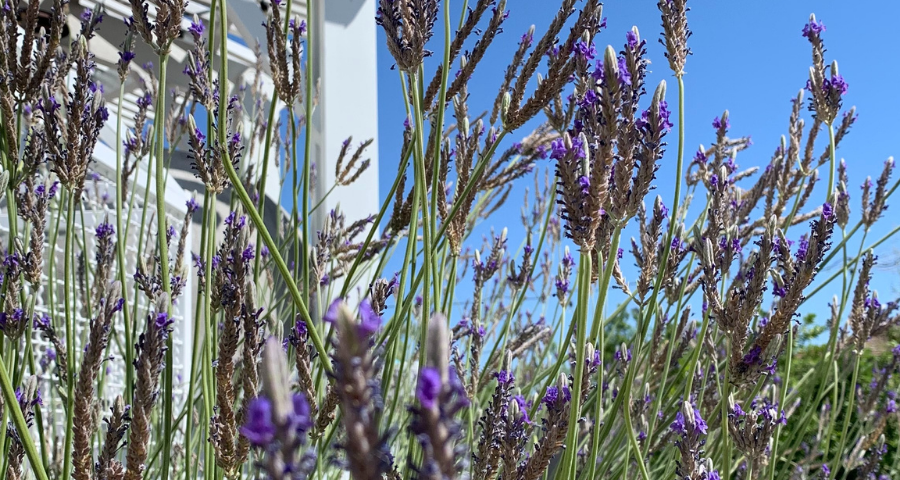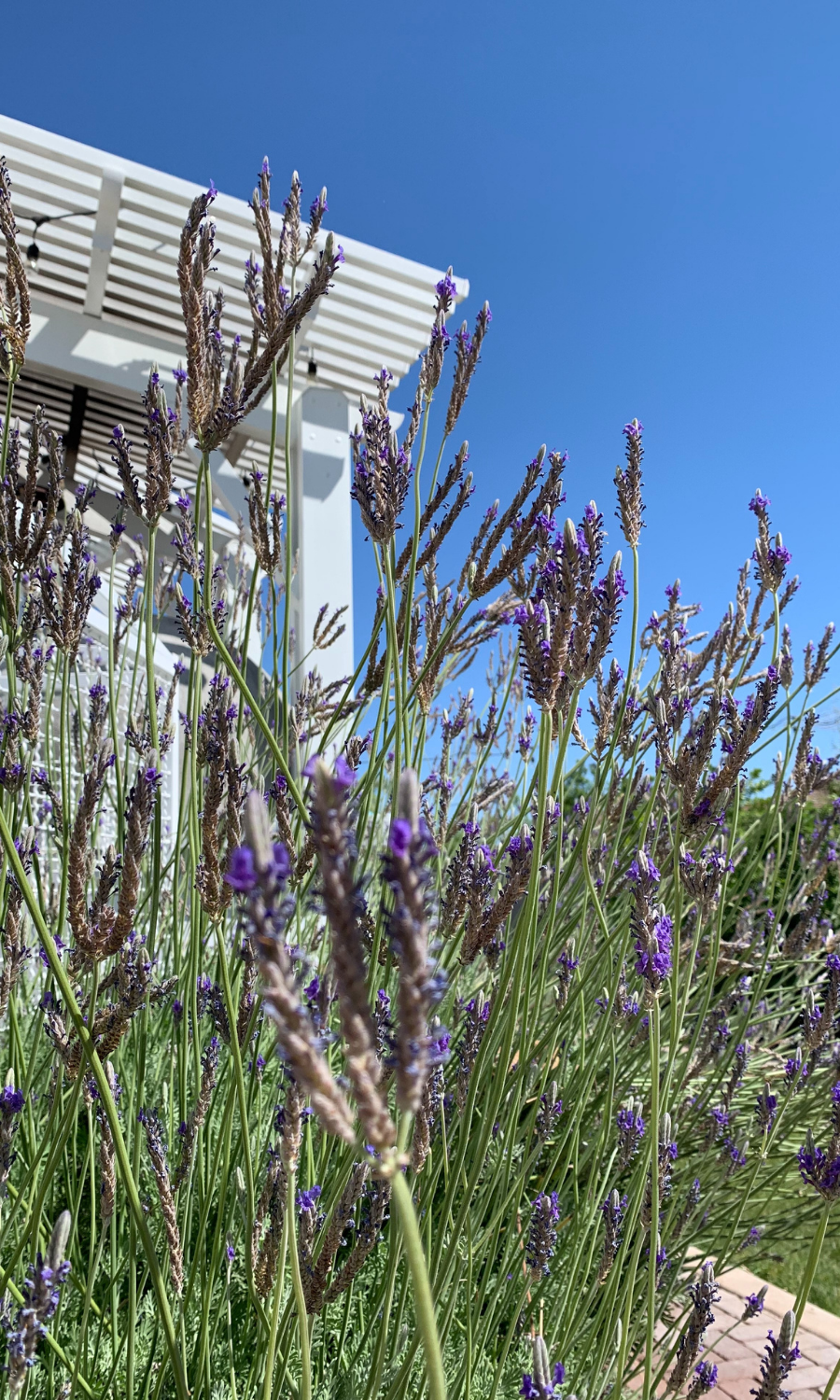Protecting Your Summer Garden from Heat

Protecting Your Summer Garden from Heat
The summer heat can be brutal on your plants, but it doesn't have to be. You can protect your plants during these summer months by using Agriscaping microclimates. The A microclimate, (morning sun and afternoon shade), and the E microclimate (filtered light), are the best zones to help protect your plants from the summer heat. With the filtered light you will want to increase the density of your plants so the entire bed is covered. This will help to keep your garden productive all summer long.
Below are some great ideas on how you can create these microclimates in your yard.
Growing Vines - Yard-long beans are great to protect the base of the young fruit trees especially stone fruits, like apricots, nectarines, and cherries. We suggest that you plant about 3 to 4 of these yard-long beans and allow them to grow up inside the tree. This will help to shade the bark of the tree along with fixing the nitrogen in the soil. This increases the amount of leaf growth that the tree can have for the next fruiting season. You can find great seeds to use at Sand Hill Preservation Center.
Plant Trees - You can always plant trees to create shade! Some of the trees we suggest in the desert Southwest are Ash, Pine, Mulberry, Oak, Elm, Honey Locust, Maple, and Sisso. The shade from the trees will help protect the soil and allow your plants to thrive while creating an elegant appearance in your yard.
Create Shade Structures - If you don't have a place for trees we suggest you create shade another way. You can install a pergola and allow vines to grow along it, providing shade which simultaneously creates additional moisture to help protect those plants. You can also use sun shade fabric to create a sail-like protection allowing your plants to get only filtered light throughout the summer. These are fairly easy to put up and take down for when your plants need them the most.
An added tip for your summer kale or other lettuce varieties is to harvest the leaves from the bottom of the plant. You'll find that the kale will start growing new shoots making your plant last longer. In Arizona, we can grow kale year round because of the different microclimates that can be utilized and by using this harvesting technique.
To find out what webinars or live classes are available for free click here!

